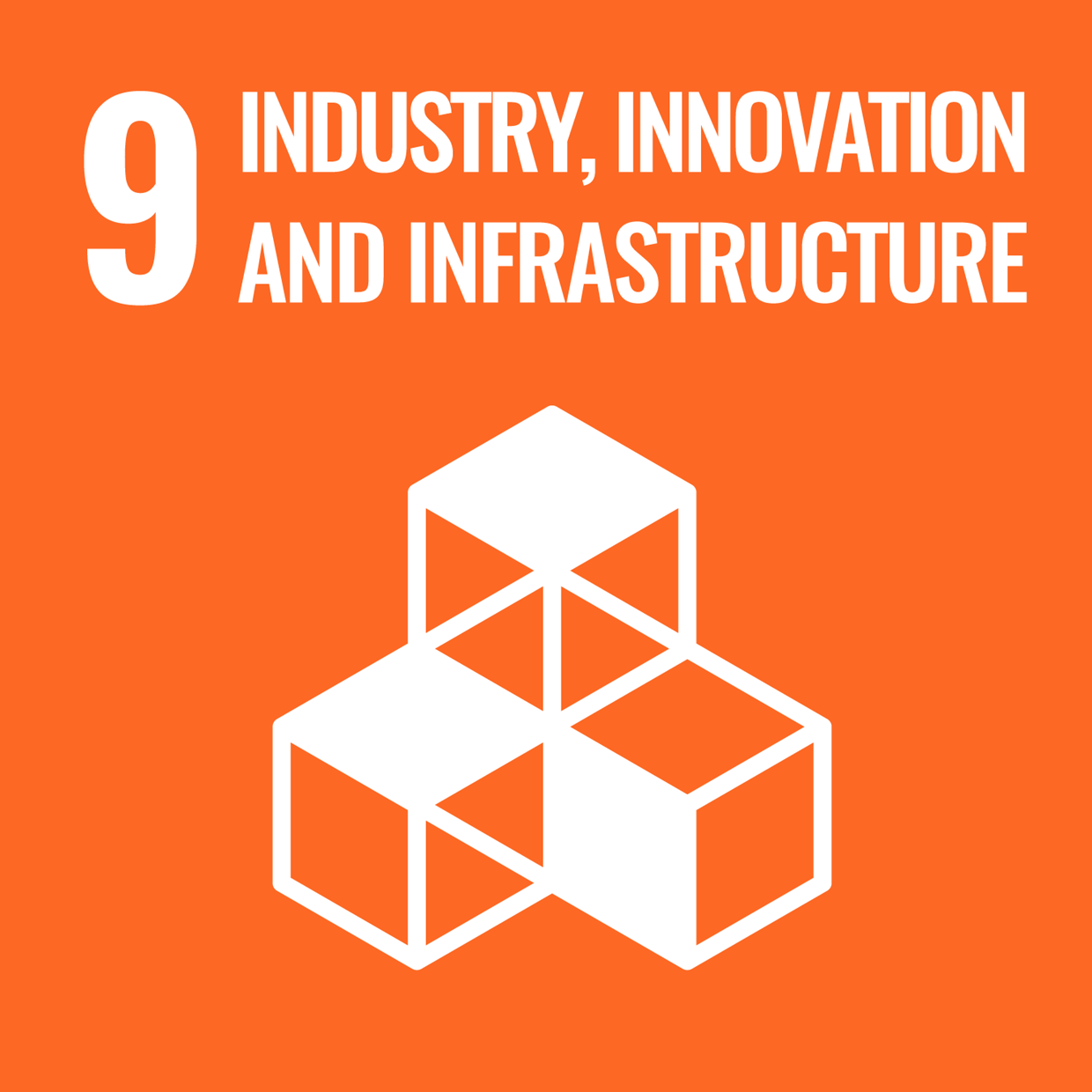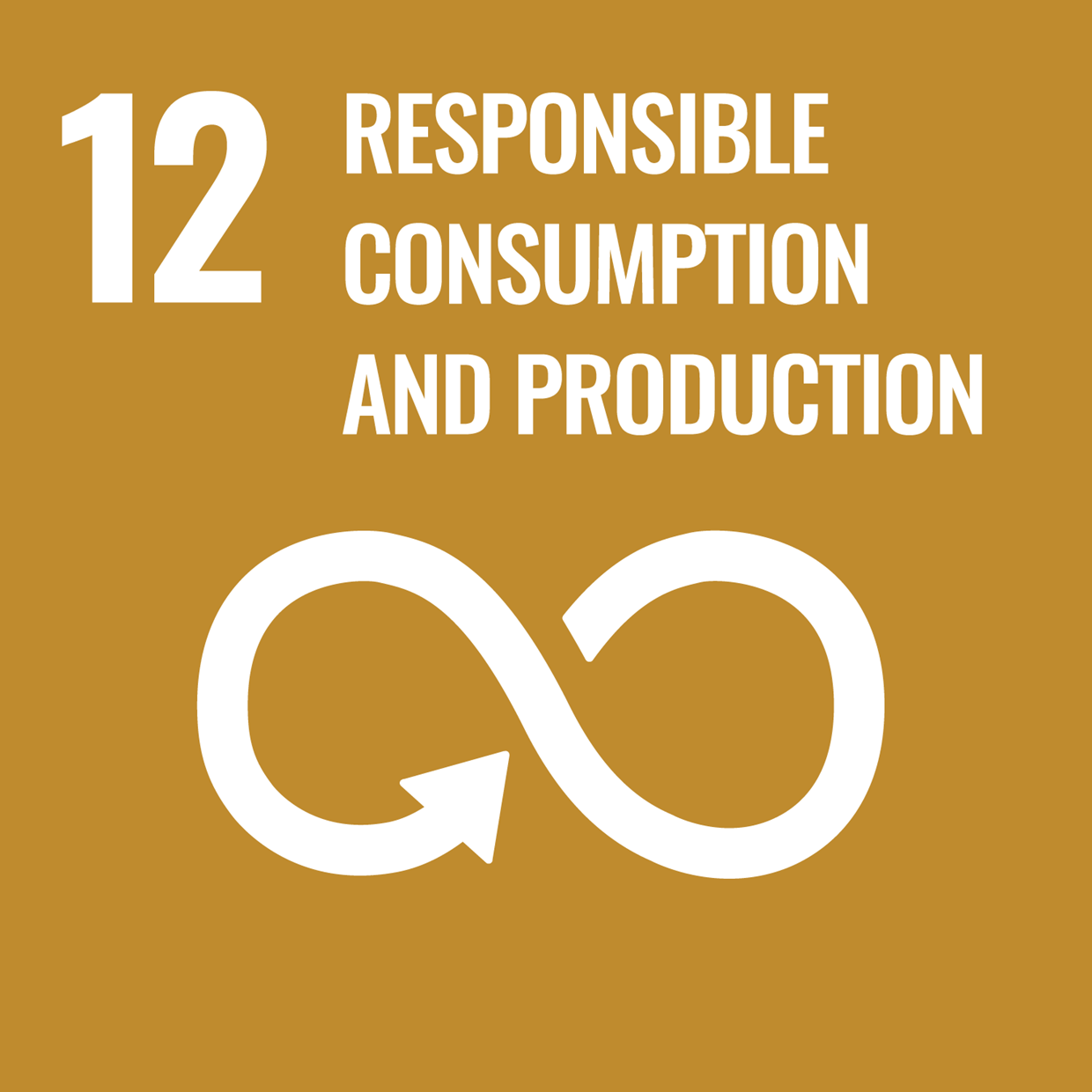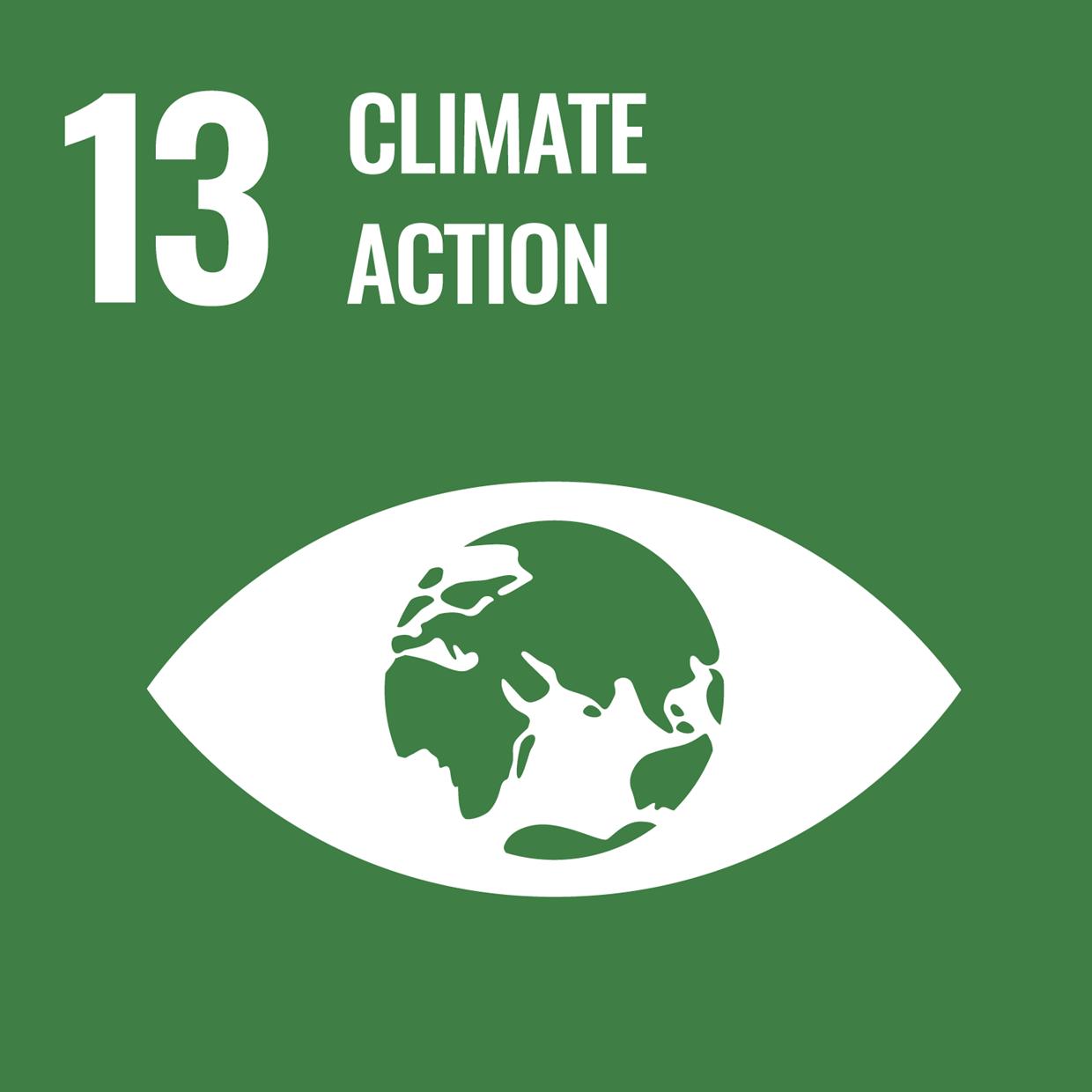Environment and climate
_width-1240.jpeg)
An intact environment is the basis for our health and economy. Functioning ecosystems secure our food supply, regulate the climate, clean the air and water, and provide areas for recreation. This work that our ecosystems perform for us is invaluable – environmentally, economically and socially.



Climate change has a direct impact on our environment and health. This is why at Helsana, protecting the climate is not only an environmental responsibility, but also a health policy responsibility. We are committed to the Paris climate targets and set ourselves the goal of achieving net-zero emissions by 2050 in the reporting year.
One key step in this journey is the preparation of a comprehensive greenhouse gas balance sheet (GHG balance sheet) for our relevant business activities (excluding the securities portfolio, see chapter “Sustainable investing”). It enables us to systematically measure, monitor and take targeted action to reduce emissions. In order to achieve our climate target, we have defined a package of measures encompassing the following core areas:
- Reducing greenhouse gas emissions in all areas of the company
- Energy efficiency and increased use of renewable energies
- Conserving resources through sustainable corporate management
Our GHG balance sheet is based on the internationally recognised Greenhouse Gas Protocol (GHG Protocol) to ensure we capture the full impact of our business activities on the climate. Emissions are split into three categories:
- Scope 1: direct emissions from company-owned sources, e.g. combustion of fossil fuels or company-owned vehicles.
- Scope 2: indirect emissions from purchased energy such as electricity or heat.
- Scope 3: all other indirect emissions at all stages in our value chain, for example from purchased goods and services, business travel and investment properties.
Greenhouse gas balance2,3,4 (scope 1, 2 and 3) | Unit | 2024 | 2023 |
Total CO25 | in t CO2e | 20,751 | 3,012 |
Scope 1 | in t CO2e | 1,119 | 1,025 |
Heating fuel | in t CO2e | 1,116 | 1,021 |
Fuel for commercial vehicles | in t CO2e | 3.4 | 4.5 |
Scope 2 | in t CO2e | 77.2 | 90.8 |
Electricity consumption | in t CO2e | 54.5 | 68.0 |
District heating | in t CO2e | 22.6 | 22.8 |
Scope 35 | in t CO2e | 19,555 | 1,896 |
Scope 3.1 Purchased goods and services | in t CO2e | 16,329 | _ |
Scope 3.2 Capital goods | in t CO2e | 282 | _ |
Scope 3.3 Fuel and energy-related emissions | in t CO2e | 359 | 349 |
Scope 3.6 Business travel | in t CO2e | 788 | _ |
Scope 3.7 Employee commuting | in t CO2e | 277 | _ |
Scope 3.13 Downstream leased assets (investment properties) | in t CO2e | 1,521 | 1,547 |
2The data taken as a basis for Scopes 3.1, 3.2 and 3.6 relates to 2024, while the data for the other scopes relates to the previous period.
3CO2e stands for carbon dioxide equivalent and expresses the impact of various greenhouse gases, such as carbon dioxide (CO2), methane, nitrous oxide, etc. on the atmosphere in the form of an equivalent of CO2.
4The greenhouse gas emissions for the owner-occupied properties are included both in Scope 3 emissions (investment portfolio perspective) and in Scope 1 and 2 emissions (operations perspective). The double counting corresponds to 1,146 MWh.
5The increase in total CO2 emissions in the reporting year is due to the full inclusion of Scope 3 emissions for the first time. By way of comparison, only a small volume of Scope 3 emissions could be included in 2023.
We further optimised our measurement methods in the 2024 reporting year. The improved quality of the data available for our corporate locations (Scope 1 and 2) led to an increase in reported emissions from fuel consumption (Scope 1). This increase is, however, due exclusively to more precise recording and not to changes at the locations. The five main locations were also equipped with smart energy meters that can be read automatically and were integrated into an extended monitoring tool, which will further improve data quality.
A significant increase in Scope 3 emissions is also evident in the balance sheet due to the inclusion of upstream and downstream emission categories. By including all of the relevant Scope 3 emissions, we meet the requirements imposed by the Task Force on Climate-related Financial Disclosures (TCFD) and create transparency regarding the climate impact of our business activities. A significant portion of Helsana’s greenhouse gas emissions is attributable to its investment properties. Helsana takes environmental and social responsibility as a real estate investor by implementing targeted sustainability measures. These include ongoing reviews and – where possible – the implementation of sustainability certifications for new buildings and refurbishment work. Refurbishment projects to boost energy efficiency and replace older heating systems are also being implemented to help us achieve the net-zero target.

In order to minimise future climate risks, meet mounting regulatory requirements and reduce operating costs, Helsana is replacing fossil fuel heating systems with renewable energy sources and optimising operations within its properties. This allows us not only to contribute to achieving Switzerland’s sustainability targets, but also to ensure the long-term marketability of, and returns on, our properties for the benefit of our customers (see chapter “Sustainable investing”).
- In 2023, Helsana expanded its portfolio strategy to include a sustainability concept that defines key performance indicators for direct real estate investments. The aim is to achieve a 30% reduction in greenhouse gas emissions by 2030 (baseline year: 2022) in line with the 2050 net-zero target. Helsana has defined a sustainability roadmap including measures to be taken between now and 2030 in order to achieve this goal and other relevant sustainability indicators. It focuses on establishing a monitoring system in the portfolio, increasing the energy efficiency of various facilities, using renewable energies, installing photovoltaic systems and checking Helsana’s properties for energy and sustainability labels. We currently expect that offsetting measures will be necessary to achieve the net-zero target by 2050. The remaining emissions are largely attributable to district heating – and electricity products – purchased from contractual partners. The defined sustainability indicators are measured and monitored annually, and the concept is reviewed every five years and adjusted if necessary.
- Specific sustainability requirements have applied to new construction projects, refurbishment work and real estate purchases since 2023. The corresponding guidelines and processes are being developed further as part of an ongoing process.
- In 2025, Helsana will start equipping its direct real estate investments with smart meters to improve data quality. At the same time, operational optimisation measures implemented over the next three years will increase energy efficiency by making targeted adjustments to heating, cooling and ventilation systems.
In the reporting year, the CO2 emissions from Helsana’s investment properties fell to 1,520.8 t CO₂e (GHGP category 13).
Greenhouse gas emissions from investment properties | Unit | 2024 | 2023 |
CO2 emissions from direct real estate investments2,4 | in t CO2e | 1,521 | 1,547 |
CO2 intensity of direct real estate investments2 | in kg CO2e/m2 | 15.6 | 15.9 |
2The data taken as a basis for Scopes 3.1, 3.2 and 3.6 relates to 2024, while the data for the other scopes relates to the previous period.
4The greenhouse gas emissions for the owner-occupied properties are included both in Scope 3 emissions (investment portfolio perspective) and in Scope 1 and 2 emissions (operations perspective). The double counting corresponds to 1,146 MWh.
In 2023, Helsana committed to switching 100% of the electricity used in all of its company properties to renewable sources by the end of 2024. To achieve this objective in the long term, all electricity products purchased within Helsana were reviewed and a switch to a renewable product was made at individual corporate locations. To cover this transition phase until the actual product switch from January 2025 onwards, Helsana procured additional guarantees of origin to offset the non-renewable electricity consumed.
As a large-scale consumer headquartered in Dübendorf, Helsana is obliged by the canton of Zurich to make energy savings of 2% a year. Helsana has also concluded a voluntary target agreement with the Energy Agency of the Swiss Private Sector (EnaW), which covers the main locations in St. Gallen, Worblaufen, Lausanne and Bellinzona in addition to the head office in Dübendorf. As part of this target agreement, EnaW identified energy and greenhouse gas reduction measures for all five main locations and worked with Helsana to draw up an implementation plan. The measures are designed not only to optimise energy consumption, but also to achieve a possible reduction in greenhouse gases of around 12% by 2030. Since the last reporting period, Helsana has converted the majority of its lighting to LED lights. This has reduced the electricity consumed by its corporate locations by 15%.
The data from the energy meters installed at the five major locations in the reporting year will flow automatically into the energy monitoring system introduced in 2023. This allows Helsana to track energy consumption at its locations live, pinpoint any deviations from the benchmark at an early stage and take appropriate measures in good time. Helsana is planning to install additional smart meters at additional locations in order to continuously improve data quality and drive forward energy efficiency.
In the 2024 reporting year, we were able to further optimise fuel consumption data quality for our corporate locations. This optimisation is reflected in an increase in fuel consumption with a reference area that remained constant compared to the previous year. The majority of our total energy consumption within the company comes from fuel consumption for the heating system, which accounts for 66.3%, and electricity consumption, which makes up 30.7%.
Energy2 | Unit | 2024 | 2023 |
Energy consumption from operations | in MWh | 9,046 | 9,071 |
Heating fuel | in MWh | 5,993 | 5,327 |
Fuel for commercial vehicles | in MWh | 13.2 | 17.6 |
Electricity | in MWh | 2,775 | 3,459 |
District heating | in MWh | 265 | 267 |
Energy consumption from investment properties | in MWh | 10,940 | 11,070 |
Energy intensity | |||
Electricity for commercial real estate | kWh/m2 | 41.9 | 52.4 |
Heating for commercial real estate | kWh/m2 | 94.5 | 85.4 |
Proportion of renewable energy in relation to total electricity consumption for commercial real estate | as a % | 100.0 | 76.2 |
2The data taken as a basis for Scopes 3.1, 3.2 and 3.6 relates to 2024, while the data for the other scopes relates to the previous period.
In the coming year, we will be stepping up our climate protection efforts. One central focal area will be the further development of our climate strategy in order to identify potential and implement effective measures at an early stage. We are also planning specific further steps to reduce our environmental footprint. These include moves to optimise our technical building systems, refurbish our investment properties to make them more energy-efficient, improve the efficiency of our corporate locations and promote sustainable mobility solutions for our employees.
Intact ecosystems and the responsible use of natural resources are essential if we want to ensure a healthy habitat for future generations to live in. The loss of biodiversity is one of the most pressing global risks. Helsana sees sustainable resource management as one of the key ways in which it can live up to its social responsibility.
One example relates to the 360 Helsana trails that we maintain in the great outdoors (see chapter “Health of our customers”). These not only promote the health of the people we insure by giving them opportunities to exercise and experience nature, but also raise awareness of the need to treat our environment and natural resources with care. The volunteering assignments completed by our employees to help care for and maintain these hiking trails also contribute to this quest (see chapter “Commitment for society”). They also contribute to ensuring that natural recreational areas remain accessible and intact for society.
Our buildings are also part of our sustainability strategy. By landscaping existing roofs, we not only create additional green spaces, but also reduce energy consumption. Refurbishing building shells helps to reduce increasing cooling requirements when outside temperatures are higher and to ensure a pleasant indoor climate all year round.

We have also made progress in the area of IT consumables: over 3% of our total hardware inventory was either sold to CBA Computer Broker AG (CBA) or donated to Europe’s largest non-profit IT company, Arbeit für Menschen mit Behinderung (AfB). The devices are professionally cleaned, refurbished and reused. Our donation to AfB gives devices that are no longer needed a second lease of life. AfB attaches particular importance to employing people with disabilities, allowing us not only to reduce the number of old electrical appliances but also to contribute to social integration.
We also optimised our printers, focusing first and foremost on cost-effectiveness and security. By reducing the number of devices by almost half, operating and maintenance costs have been slashed. At the same time, the follow-me printing system increases data security and reduces paper consumption, as users need to be authenticated before they receive their printouts. Fewer devices also mean lower energy consumption, which is both environmentally and economically sustainable.
We have also made progress with digitalisation: 80.8% of invoices were sent digitally by doctors and hospitals in the reporting year, while 11% were sent via our myHelsana client portal. This has enabled us to save 95 tonnes of paper. Over 40% of tax statements and one in three policies were also generated digitally in 2024. All of these measures reduce paper consumption significantly, contributing to the protection of forests and the valuable habitats they house.
Going forward, we want to develop further measures as part of an environmental protection approach aimed at conserving resources, and integrate them into our day-to-day work. We continue to promote digital developments, IT recycling projects, energy savings by expanding green spaces and increased awareness among our customers.
Resource consumption | Unit | 2024 | 2023 |
Electronic receipts service providers | as a % | 80.8 | 78.7 |
Paper saved6 | in tonnes | 95 | 89 |
Digitally issued tax statements | number | 574,041 | 542,832 |
Digitally issued policies | number | 957,965 | 901,923 |
6Includes the paper saved due to the direct and digital transmission of invoice receipts between service providers and Helsana.
_width-1240.jpeg)
_width-1240.jpeg)

